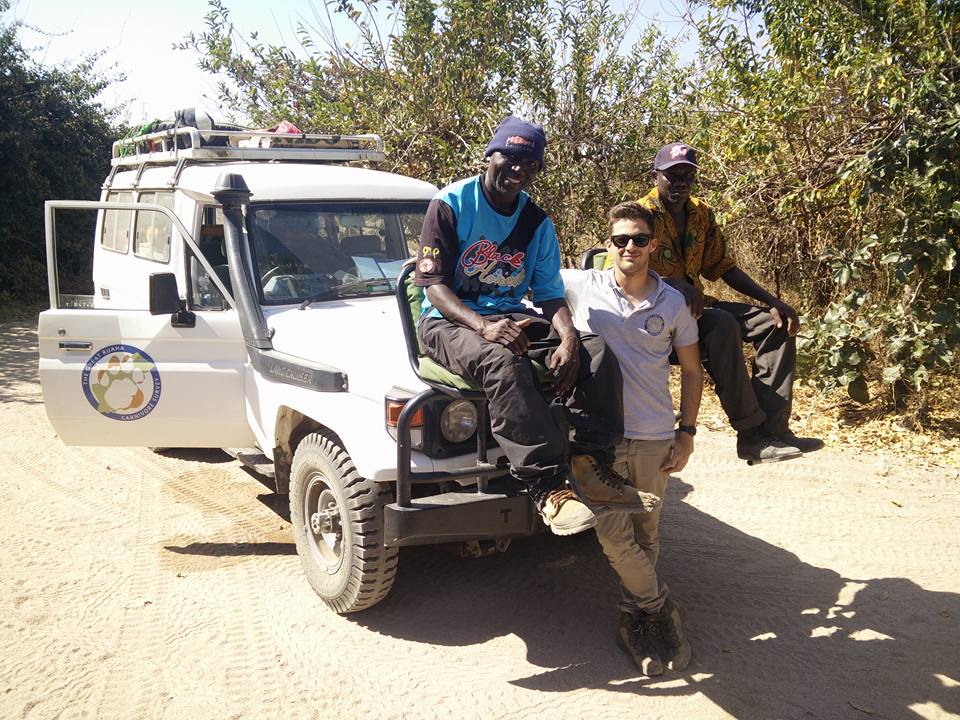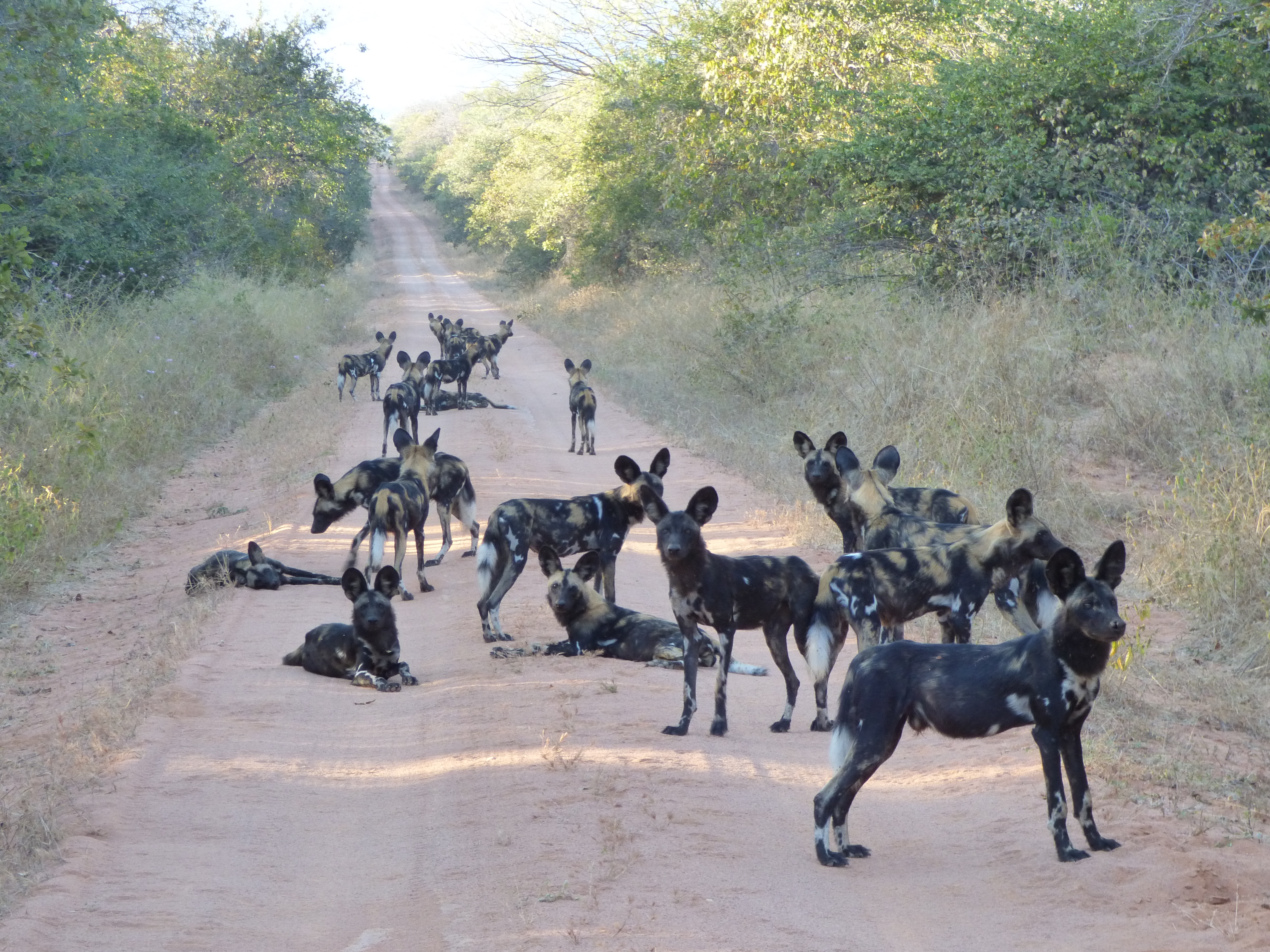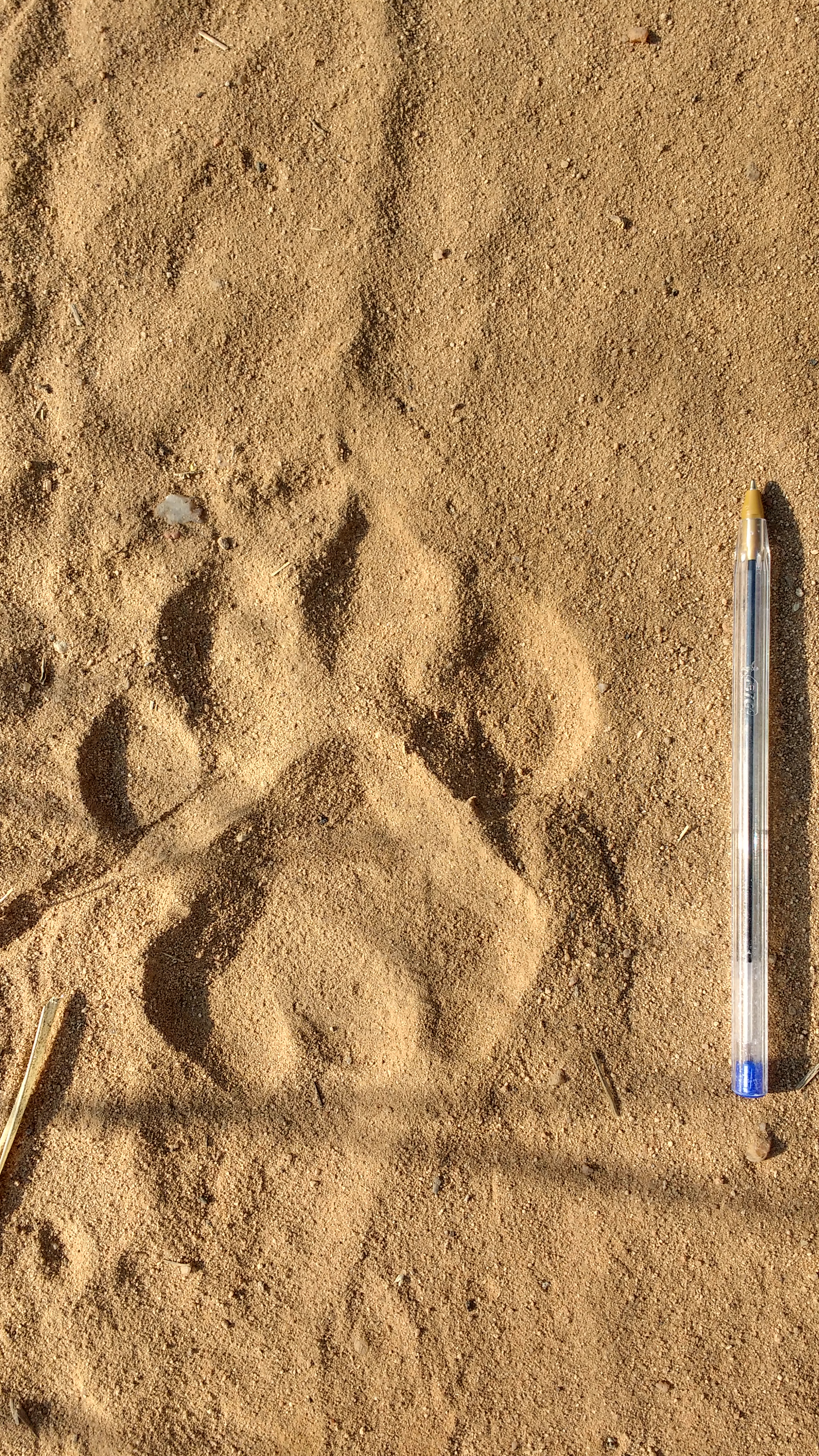News
WildCRU’s Paolo Strampelli sheds light on the large carnivores of Tanzania’s Ruaha-Rungwa through his DPhil research
As the pressure on Africa’s remaining large carnivore populations continues to grow, there is a pressing need to improve our understanding of how these species use complex, mixed-use landscapes, and find ways to reconcile their conservation with human development. WildCRU researcher Paolo Strampelli tackled these topics and more in his DPhil thesis, which he successfully defended on 29 March.
For his DPhil research, Paolo carried out an in-depth study of an intact large carnivore guild in Tanzania’s iconic Ruaha-Rungwa landscape. Using 2,789 km of spoor data he collected across an area of more than 50,000 km2 between 2017 and 2018, Paolo used occupancy modelling to investigate the distribution and habitat use of large carnivores, their prey, and human activity across the complex. This work showed that different species are limited by different combinations of anthropogenic, management, and biotic factors, revealing the importance of integrated research and conservation planning for large carnivore management. He also used the same dataset to investigate interactions among large carnivores, and found evidence of African wild dog avoidance of lion at multiple spatial scales, with these effects being strongest in more disturbed areas.
To complement his landscape-scale insights with finer-scale metrics, Paolo then used spatially explicit capture-recapture (SECR) models to investigate the effects of habitat and land management strategies on lion population density, using camera trap data collected as part of a collaboration between fellow DPhil candidate Charlotte Searle, Lion Landscapes Tanzania (formerly the Ruaha Carnivore Project), and the Southern Tanzania Elephant Program. While these models are commonly used to study species with unique coat patterns, such as leopards and tigers, this is one of the first times they have been used to study lions, thus leading this research to have considerable implications for lion management across Africa.
Paolo also collated a range of data to provide some of the first insights into the status of Ruaha-Rungwa’s cheetah population, in a study that was published in African Journal of Ecology in 2021. This work revealed an extension of known geographical range for the species, which is classified as Vulnerable by the IUCN. He also worked with Liz Campbell to review two decades of peer-reviewed African large carnivore population assessments, to identify trends, biases, and opportunities in research. Overall, the findings of Paolo’s thesis highlight the necessity for increasingly integrated and synthetic research, and show that effective conservation of the world’s large carnivores will require robust population monitoring and a shift towards more inclusive approaches to conservation. Funding for this work was generously provided by the Oxford NERC Environmental Research DTP, National Geographic, Chicago Zoological Society, Columbus Zoo, Panthera, and the Royal Geographical Society (with IBG).
Paolo is now working with Lion Landscapes to carry out ecological research and monitoring for lions and other large carnivores in Tanzania. In 2021, his work will focus on southern Tanzania’s Selous-Nyerere ecosystem, where he will be working alongside Charlotte Searle to shed light on the ecosystem’s large carnivore populations through spoor and camera trap surveys, and develop a long-term monitoring plans for the landscape’s large carnivores. This work is the result of a collaboration between Lion Landscapes, Frankfurt Zoological Society, and Tanzanian wildlife authorities, and is supported by the Lion Recovery Fund and National Geographic Society.








